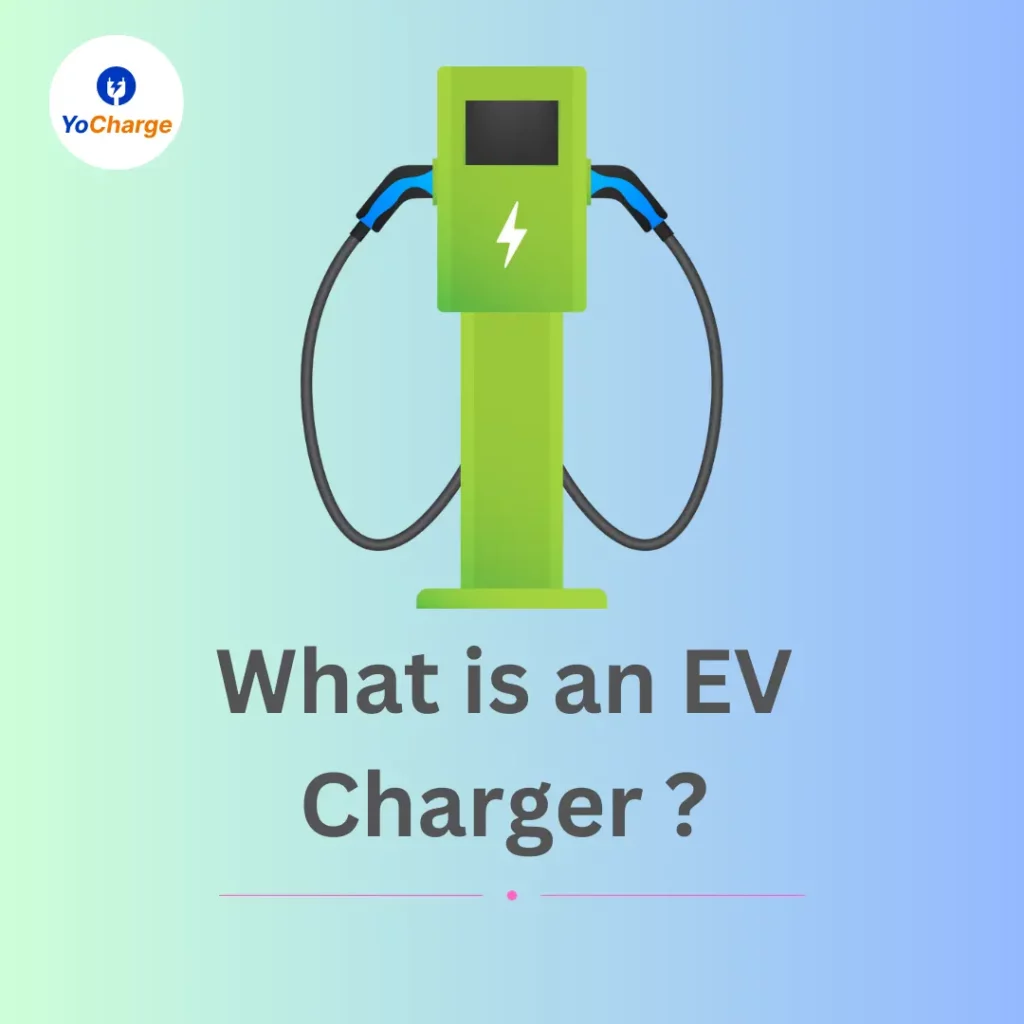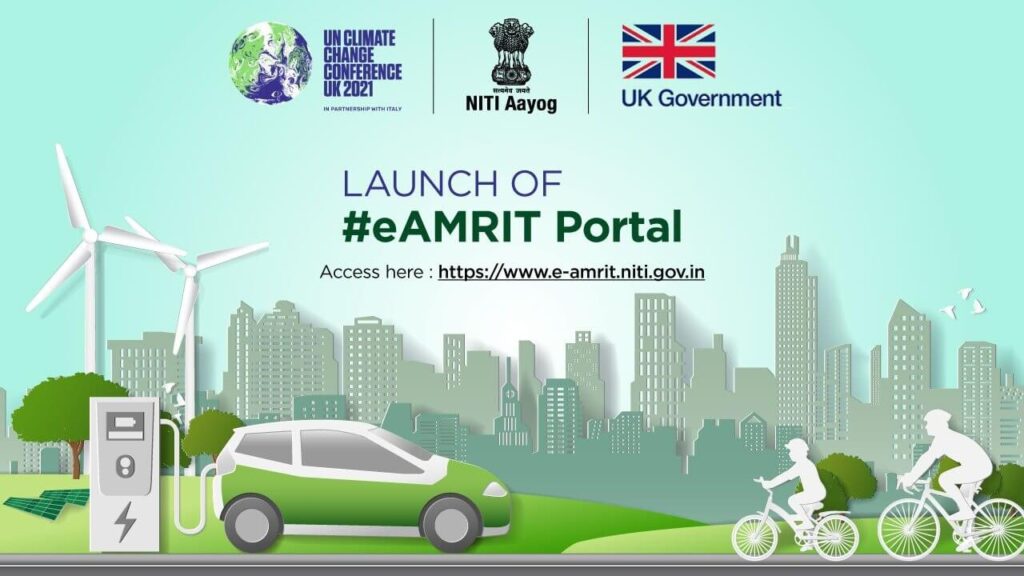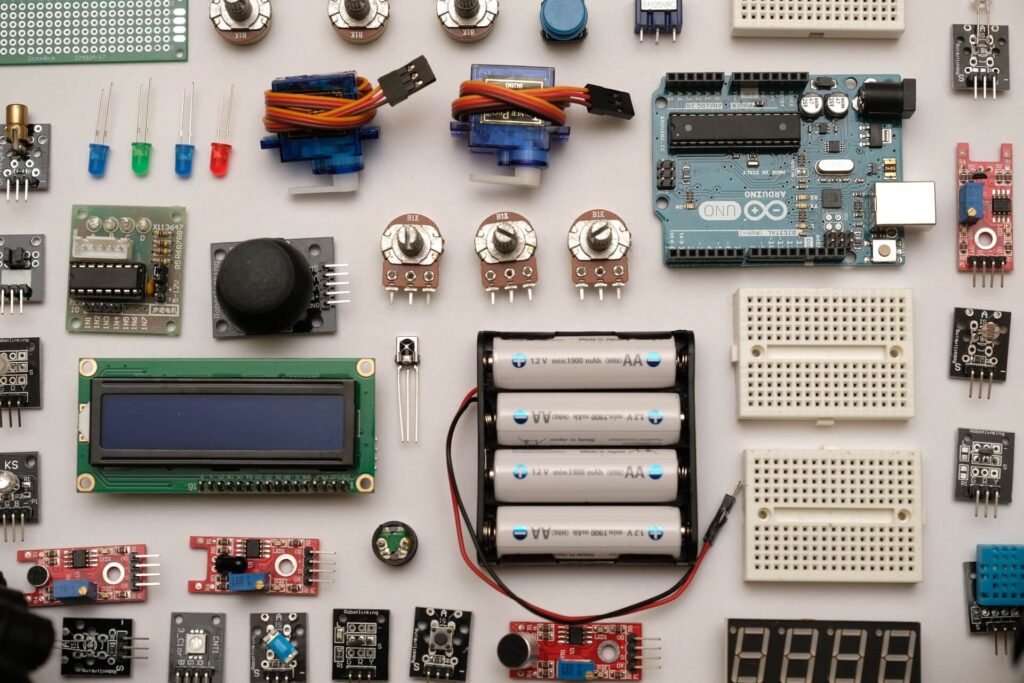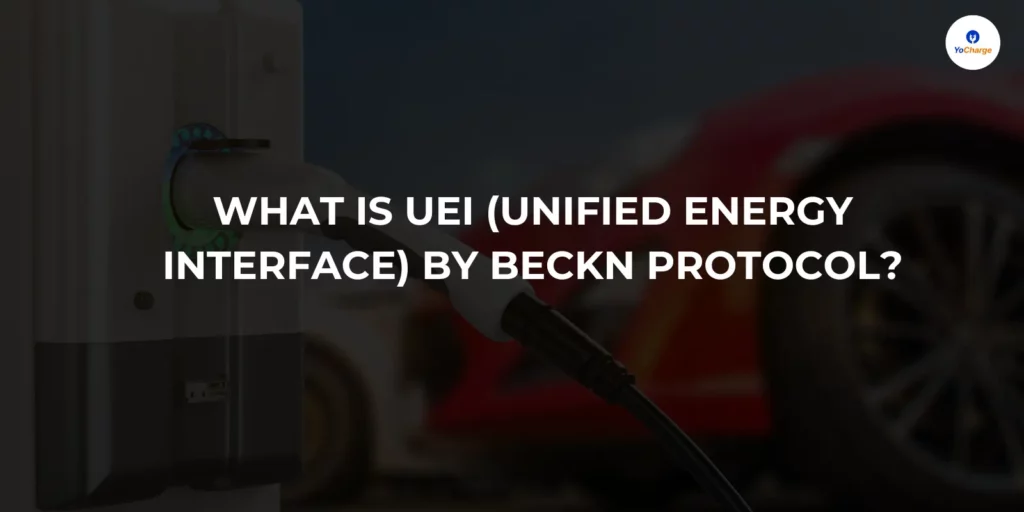
Unified Energy Interface (UEI) Protocol is an adaptation of beckn protocol for transactional use cases in the energy sector.
Imagine you have a solar panel at home, and your neighbour has a battery bank. With the UEI, your solar panel can talk to your neighbour’s battery bank, and they can share energy without any confusion.
As the world moves towards a clean energy transition, more than 130 countries have set net-zero targets and are actively supporting renewables through policies and regulations. The global renewable capacity has seen a significant increase, with 50% growth in 2023 alone. By 2030, the global renewable capacity is expected to reach 11,000 GW, which is three times the current capacity. This accelerated transition to renewable energy sources combined with growth of digital system is leading exponential increase in number of energy related participants & applications. Unified Energy Interface is an attempt to affect this accelerated green energy transition by unifying the fragmented ecosystem.
. This makes it easier for everyone to switch to cleaner energy sources and helps the world reach its goal of having more renewable energy by 2030.
This article explores What is Unified Energy Interface and its benefits to digital energy systems.
What Is Unified Energy Interface (UEI)?
Unified Energy Interface (UEI) is an open network protocol developed for Electricity related transactions between multiple parties. It is powered by Beckn Protocol, an open-source initiative that allows applications on Beckn to exchange information in a standardized manner. Unified Energy Interface creates an unified ecosystem integrating providers & consumers various energy related transactions such as Solar & Wind based electricity, battery charging or EV charging Services.
You can consider UEI as a standardised vocabulary that is used by different energy related entities to interact with each-other. This allows them discover each-other, communicate & perform a transaction.
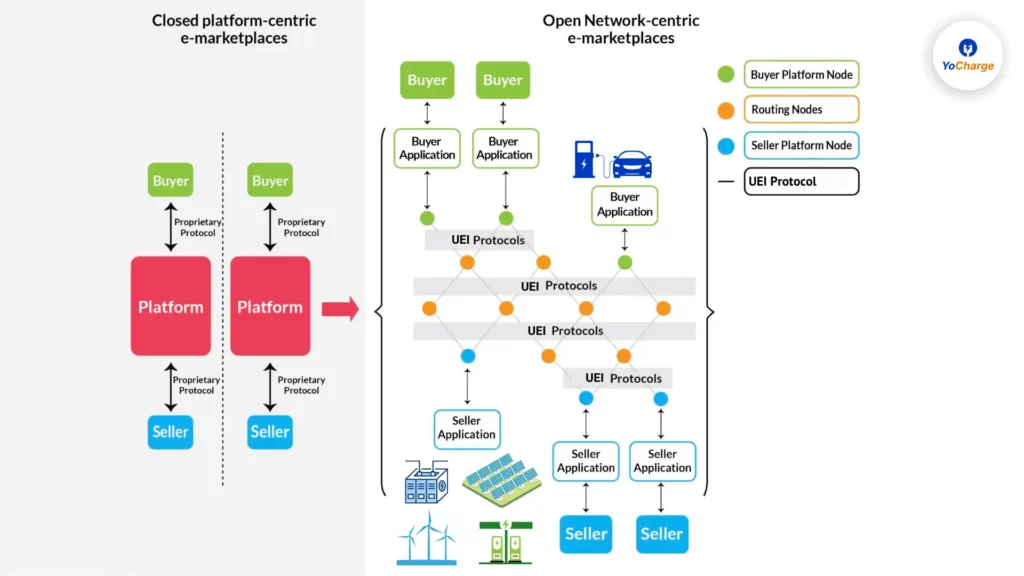
How Does UEI Work ?
Unified Energy Interface is built on Beckn Protocol, a Made-in-India, open-sourced protocol that enables open networks like Open Network for Digital Commerce (ONDC), Unified Health Interface (UHI), Open Network for Education and Skilling Transformations (ONEST) etc.
UEI is a collection of open specifications consisting of protocol APIs, message formats, network design and reference architectures to allow any two electricity related entities to execute commercial transactions without being on the same platform. The unified energy interface decouples the demand side digital infrastructure in the form of apps and other channels from the supply side service provisioning infrastructure. The decentralized architecture obviates the need for creating a centralised platform in order to integrate services from multiple providers simultaneously ensuring privacy and security by design by enabling secure, encrypted interactions.
Here is how it works:
- Beckn Gateway (BG): BG acts as a registry, listing all registered BAPs and BPPs. It plays a crucial role in broadcasting search queries from BAPs to all registered BPPs.
- Beckn Application Provider (BAP): This is like the familiar apps we use for payments or services, such as PayTM or Google Pay. Users interact with BAP, either through a standalone app or a vehicle’s built-in interface.
- Beckn Platform Provider (BPP): Representing the seller or Charge Point Operator (CPO), BPP handles the backend operations. It connects with BAP to facilitate charging services.
An important thing to note is that Unified Energy Interface does NOT transfer “Energy” in its physical form. Energy transfer is still done via physical infrastructures like Generators, transmission lines, transformers, inverters, adaptors etc. UEI only facilitates the creation of the energy transfer contract (order) that ultimately results in the physical transfer (fulfilment).
Benefits Of Unified Energy Interface
The Unified Energy Interface (UEI) aims to be the key that unlocks a simpler, more beneficial energy experience for everyone. Here is how UEI can be beneficial for both consumers and providers:
Effortless Energy for Consumers
Imagine driving your electric car and easily locating compatible charging stations, regardless of the provider. No more deciphering different apps or memberships! UEI acts as a one-stop shop, simplifying your energy needs. According to JD Power, 72% of EV drivers experience frustration due to incompatible charging experiences.
Streamlined Operations for Providers
Managing complex systems and integrating new technologies can be a burden for energy providers. UEI offers a standardized approach, streamlining communication and simplifying operations. This allows providers to focus on innovation and delivering exceptional service.
Greener Grid, Brighter Future
Renewable energy sources like solar and wind power are crucial for a sustainable future. UEI’s ability to connect different energy types can facilitate the integration of renewables into the grid, paving the way for a cleaner and more environmentally friendly energy ecosystem. The International Renewable Energy Agency (IRENA) (ref) reports that 65% of energy use could come from renewables by 2050 if uptake is accelerated.
Encourage Innovation
An open network fosters competition and encourages new ideas. Unified Energy Interface’s open architecture allows innovative startups and established players to collaborate and develop creative solutions, ultimately benefiting consumers with a wider range of choices and potentially lower costs.
Powering Informed Decisions
Imagine having clear and transparent information about your energy consumption. UEI can facilitate this by providing standardized data across different providers. This empowers consumers to make informed decisions about their energy usage and potentially save money.
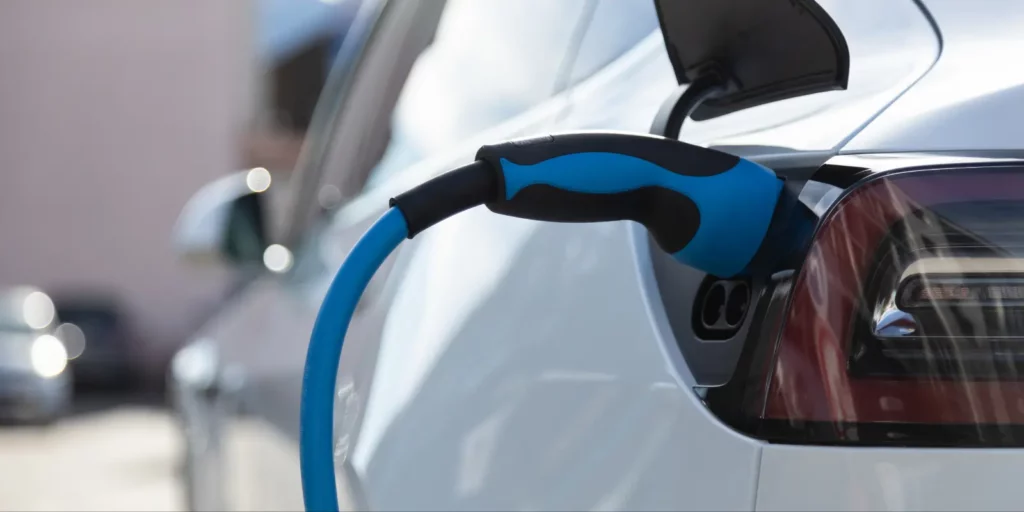
What are the Applications of UEI ?
UEI supports various platforms, such as energy storage, battery banks, EV vehicles, idle commercial EVs, rooftop solar panels, and other local energy generations. Applications of Unified Energy Interface (UEI) are multiple including:
P2P Electricity Trading:
The key challenge in scaling up P2P electricity trading is the payment settlement mechanism between the peers involved in the trading. In the present scenario, the payment against P2P electricity trade has to be managed by the respective utilities. With Unified Energy Interface, P2P payments can be directly enabled between the peers, while the energy wheeling charges for the utility can be levied in the electricity bills by the utility.
EV Charging:
Unified Energy Interface can be used by charge point operators & EV-users to communicate with each other & perform ev charging transaction. It simplifies the process of charging electric vehicles by establishing a seamless network between consumers, service providers, and charging stations. UEI can provide autonomy to charging network providers, allowing for asynchronous and combinatorial innovation.
Read Ahead
Virtual Energy Storage & Battery Monetization Networks:
The unified Energy Interface enables virtual energy storage and battery monetization networks, which can help manage energy storage devices and distributed EV charging units.
Final Words
The Unified Energy Interface (UEI) is a significant innovation in the energy sector, serving as a universal translator for digital energy systems and enabling seamless transactions. It is an open network fostering innovation and competition while benefiting consumers with a wider range of choices.
UEI operates on the Beckn Protocol, which acts as a common language for different digital platforms to communicate and exchange information. This allows UEI to connect various energy providers with energy consumers, offering benefits such as effortless energy for consumers, streamlined operations for providers, a greener grid, encouragement of innovation, and empowerment of informed decisions.
The applications of Unified Energy Interface highlight its potential to simplify energy transactions, enable the integration of renewable energy sources, and support the growth of the electric vehicle market.
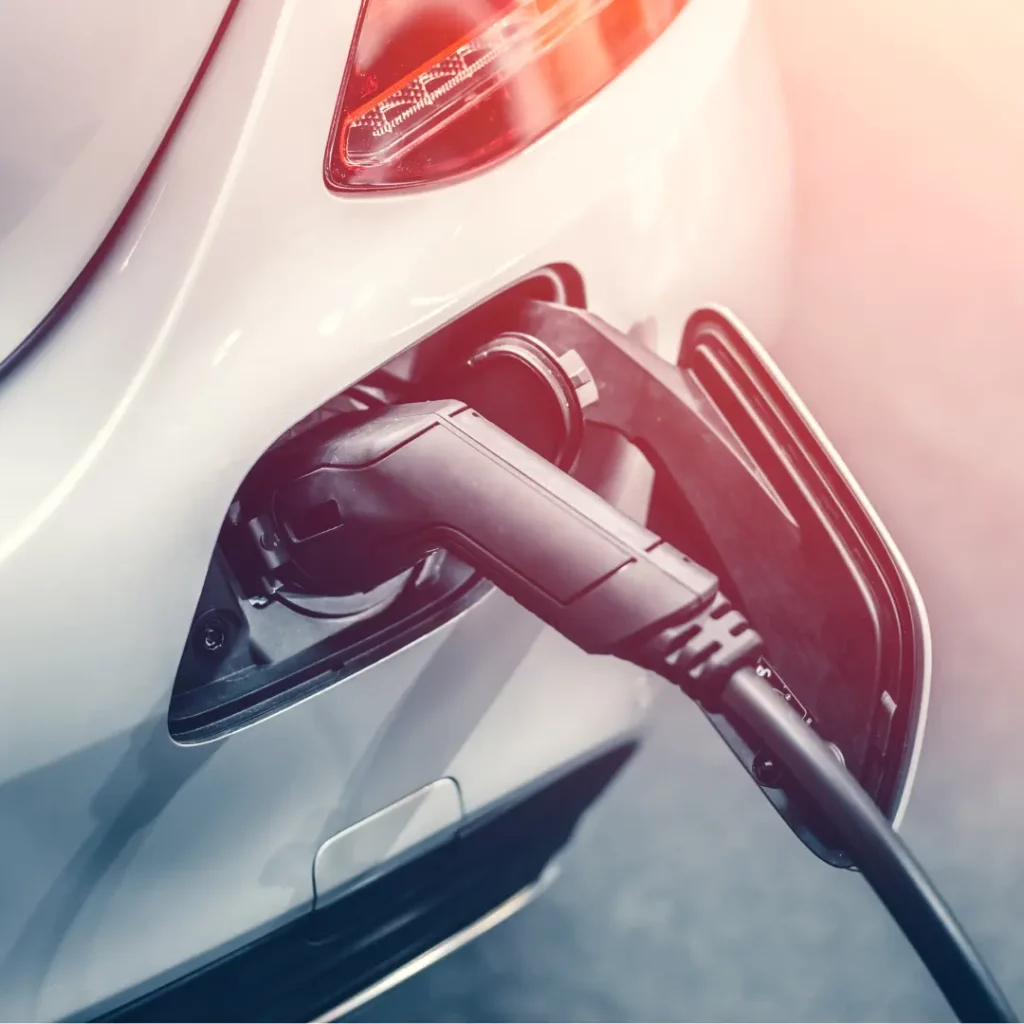
Introducing YoCharge
Yocharge is the EV Charging Management Software Company. As a trusted partner of Charge Point Operators our goal is to simplify the launching, operation & growth of EV Charging Services Business.
With help YoCharge you can launch your own branded EV Charging business in 7 days with custom mobile Applications.
If you’re interested in learning more about Unified Energy Interface and its applications, feel free to reach out to us.
